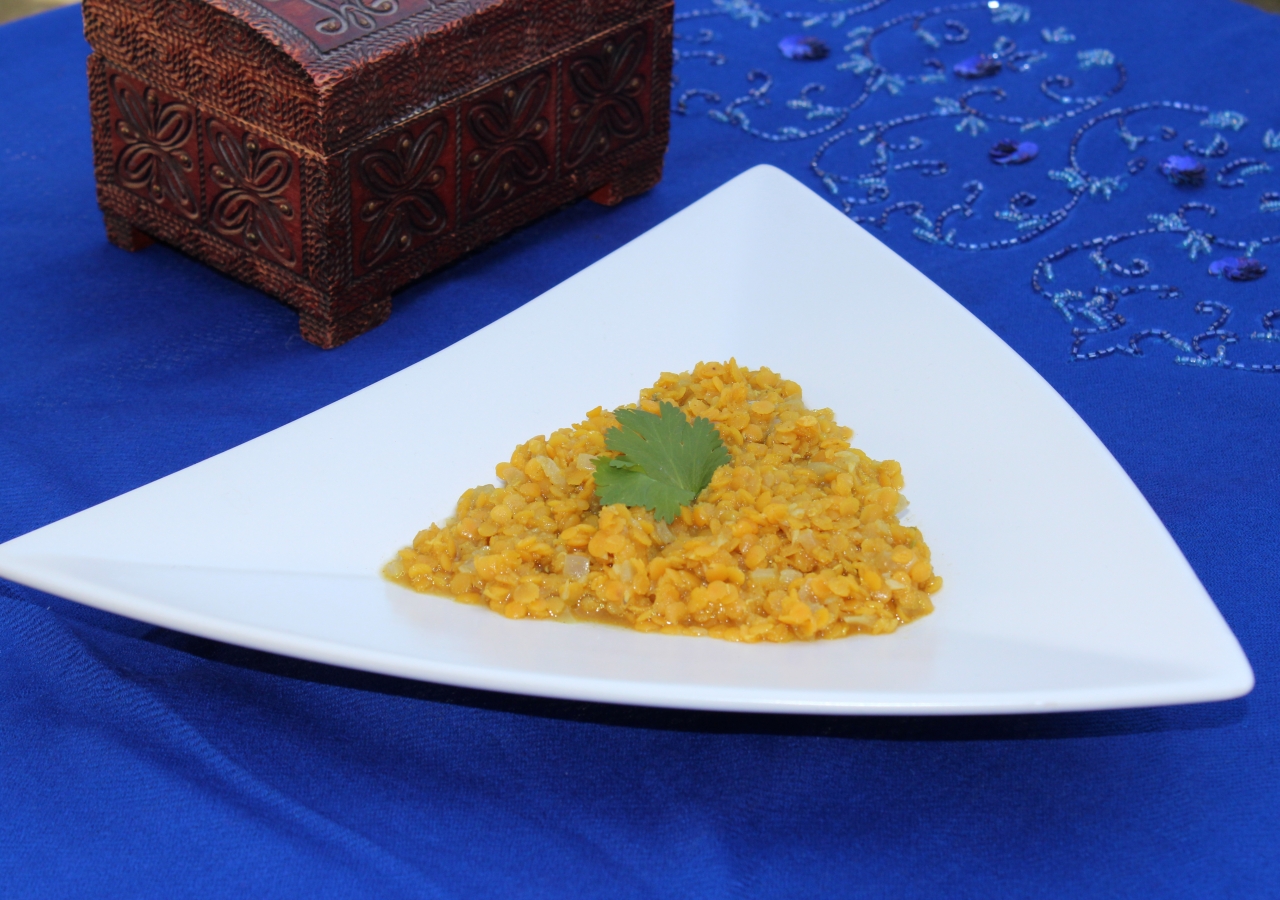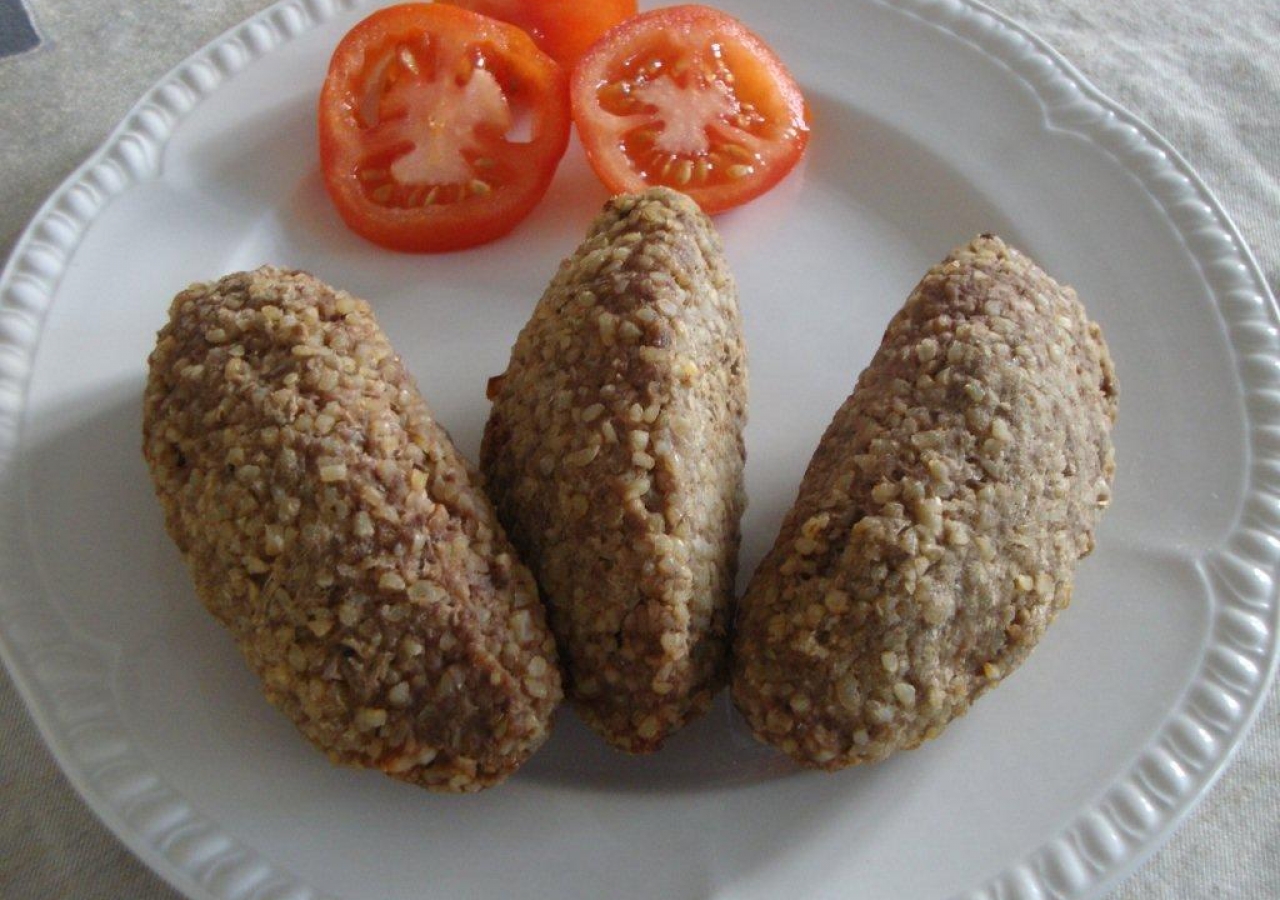The food that we eat determines the energy we have, the structure and function of our brain, and even our attitudes during the day. To take in the amount of information that comes at us every day, eating healthier has never been more important. Handling the stresses of everyday life is only possible through the help of constant fuel. But are we choosing the right fuel? The choices that we make with our eating habits ultimately determines how we handle challenging situations, how our body physically looks, and how our mind ultimately responds to our environment. No matter where we are today, we have been influenced by the environments we have grown up in. Perhaps you were born in Asia and now live in North America; what aspects of childhood foods do you still hold close to your heart? What special concoctions signaled the solution to your annual flu versus the sweets that marked a special occasion? Why do we eat what we do, and how can our choices be improved?
According to Johns Hopkins University, “Traditional South Asian diets have many benefits as they are high in fibre and have a rich variety of vegetables and fruits, beans and nuts, and many gluten-free grain options which help reduce gut inflammation. These diets also use a lot of spices, some of which have medicinal properties alongside enhancing the taste of the food. These diets are typically characterised by a variety of fish and seafood and have little to no red meat.”
One healthy and staple dish is daal. Daal has often been referred to as a “powerhouse ingredient” by various medical articles and blogs. Not only does daal provide an incredible amount of protein, it is also said to play a role in forming strong bones, maintaining a vegetarian diet, and even clearing blood vessels and regulating the heart.
The Jamat from Central Asia also have a wide variety of dishes considered to be for both celebration and healthy-eating. One of these dishes includes “Kurotob,” a traditional Tajik soup prepared from entrails. Amina, a Jamati member from Tajikistan, explained that “Kurutob should not be eaten every day because a lot of oil is added to it. It can be consumed once every one or two weeks. The healthiest food is shurbo, a soup containing vegetables and boiled meat.”
A medical student from Albaath University in Syria, Banah Alabyad, also commented on foods and diets in the Middle East: “Grilled Kibbeh is considered to be one of the most famous foods in Syria and the one most used in family events. It consists mainly of ground meat, bulgur, and many spices. It is considered to be one food very rich in energy, protein, and carbohydrates, and therefore it is considered to be good for the body. It’s only flaw is the amount of fat within it.”
Stuffed zucchini is also a famous dish in Syria, consisting of zucchini filled with rice and red meat cooked in tomato juice. One medical student in Syria said that “it is rich in potassium and medium fat,” making it one of the healthier dishes eaten during the day.
However, it isn’t just what we eat that is important to regulate, but how much of it we consume. Shahnaz Kara, a certified registered nurse from Texas said that, “Culturally, it is very common in the minority communities to eat large meals, especially during gatherings. Through education, our community can better understand the importance of portion control and hopefully the mindset can shift.”
Ali Tejani, a diagnostic radiology resident at UT Southwestern Medical Center said that, “Oftentimes, food served at special events — such as weddings and Eid celebrations — create a sensation of nostalgia, which can be associated with more extravagant dishes traditionally served at these occasions. It’s easy to get carried away in the festivities, especially as we tend to eat quicker than our gut can send a signal to the brain indicating that it’s full.” While eating foods that are traditionally associated with celebration is quite normal in moderation, it is when we overindulge that cardiovascular problems and diseases like diabetes begin to play a more defining role.
Aly Ali, a medical student from the UK attending Swansea University, said that when he began to cook his mother’s homemade recipes at medical school, he realised how much oil he was consuming over time.
“After considering the fact that the diet I was on was pretty much reversing my efforts at the gym, I decided to focus on more protein-dense foods. With such high levels of oils and carbohydrates, it’s not hard to see why people have been suffering from generations of diabetes and heart diseases,” Aly said. “With a few simple swaps, it is possible to maintain vitality in the body and the great taste of food. Swapping out carb-heavy rotis for wholemeal roti, using quinoa instead of rice to accompany a curry, and reducing oil content, as well as switching to more stable oils such as olive oil are only some of the small steps that I have taken in my second year of university to reduce my risk of developing diet-related non-communicable diseases.”
With moderation and balance, families can enjoy cultural foods that not only are healthier options for kids and adults alike, but also allow for greater long-term vitality.
Dr Zahra Ali, an ophthalmologist from Texas, said that “it is difficult but very possible to introduce changes in cultural cooking. One common goal that all of us have is raising healthy children and giving future generations the best chance of success. By rephrasing, by making modifications, and slow and steady changes, we can keep the traditional foods that we cherish but with a healthy twist.”
Foods bring people together; they unite families, encourage discussions and allow for the formalities of daily life to simply fall away. However, the experience of eating together is as important as what we choose to reach for. When we dine with others, remember that your body is a recipient of your choices.









